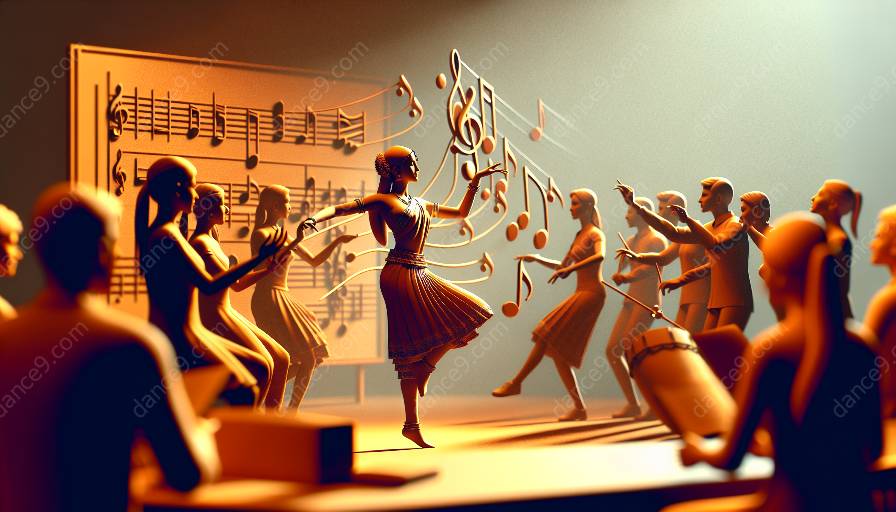Music interpretation plays a crucial role in narrative dance performances, significantly influencing the relationship between dance and music. This article delves into the impact of music on dance, highlighting its significance in storytelling through movement and its relevance in dance studies.
The Interplay Between Music and Dance
Dance and music form a symbiotic relationship, influencing and complementing each other in narrative performances. Music sets the emotional tone, rhythm, and atmosphere, guiding dancers through the intricacies of their performances. Whether it's classical ballet, contemporary dance, or cultural folk dances, music serves as the foundation upon which dancers build their narratives.
Enhancing Expressiveness Through Music
Music interpretation adds layers of expressiveness to dancers' movements, allowing them to embody the narrative and emotional nuances of the composition. As dancers interpret the music, they infuse their movements with storytelling elements, creating a seamless fusion of auditory and visual art forms.
The Significance of Music in Dance Studies
Within the realm of dance studies, understanding music interpretation is crucial for dancers and choreographers. It provides insights into how music can drive and shape dance narratives, leading to a deeper understanding of the art form. By comprehending the intricacies of music, dancers can enhance their performances, conveying deeper emotions and connections to the audience.
Music's Influence on Storytelling Through Movement
In narrative dance performances, music acts as a catalyst for storytelling through movement. It guides the progression of the narrative, shaping the dynamics and trajectory of the dance choreography. Dancers interpret the musical score, translating its essence into powerful narratives that resonate with the audience, creating a multi-sensory experience that engages both the auditory and visual senses.
Conclusion
The role of music interpretation in narrative dance performances is undeniable, enriching the relationship between dance and music. Its profound impact on dance studies underscores its significance as a fundamental element in the art of dance. By exploring the interplay between music and dance, dancers and choreographers can harness the power of music to create compelling narratives that captivate and inspire audiences.

















